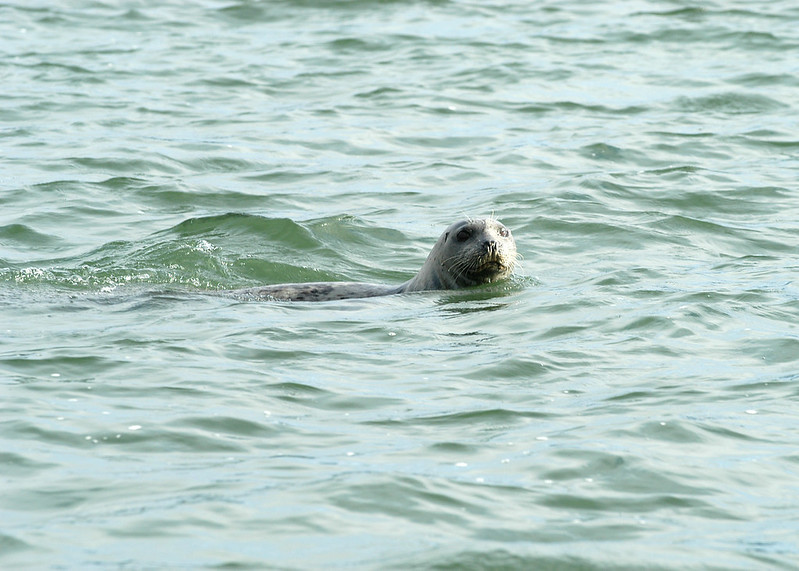
New Online Tool To Report Sea Lions, Seals In Columbia System
Spot a sea lion or seal in the Columbia system? You can now report your sighting via a new ODFW form.

It allows users to share information on when, where and how many California and Steller sea lions and harbor seals they saw; what the pinnipeds were doing – e.g., “consuming prey (not stolen from an angler); consuming prey (stolen from an angler),” etc. – provide photos; and share other details of their observation.
“This crowdsourced data will be shared with regional partners such as the Washington Department of Fish and Wildlife and will be used to investigate potential pinniped ‘hot spots’ for future research or management activities,” a statement on the ODFW form says.

A user guide was posted last month to The Guides Forecast’s website.
Info goes to the agency’s Marine Mammal Program, which also tracks harbor seal and Steller hangouts, and it’s not unlike WDFW’s website for reporting moose, limping elk or sick bats.
It also follows on a Congressional amendment of the Marine Mammal Protection Act and a federal permit received last summer for the Northwest states and tribal nations to manage sea lions in more of the Columbia to protect Endangered Species Act-listed fish runs.
Sea lions seen from I-205 upstream to McNary Dam as well as in all tributaries of the big river where listed stocks spawn are now “deemed to have a significant negative impact and are subject to removal,” per a WDFW presentation last Friday.
That management has already begun, with six Stellers removed at Bonneville Dam last fall. Work there is expected to resume again in early spring as the large marine mammals return to the area. The permit allows for 170 more Stellers and 540 California sea lions to be taken out over five years.
Bonneville is also one of two “category 1” chokepoints, so designated for their “Immediate and ongoing conservation risk for fish stocks.”
The other is the lower Willamette River.
The falls is where 33 sea lions were removed by ODFW to protect wild winter steelhead. That was credited with helping save approximately 1,377 fish last year and sharply reduce the odds of at least one stock from going extinct, from 89 percent before removals down to 11 percent.
Category 2 rivers host “Low to moderate numbers [of sea lions] present periodically. Conservation concern for fish stocks if left unmanaged.”
Those waters include the mainstem Columbia from I-205 upstream outside of Bonneville, and the lower ends of the Elochoman, Cowlitz, Kalama, Lewis, Washougal, Clackamas and Sandy Rivers.
Recently, video emerged of a horde of sea lions on the North Fork Lewis just upstream of Woodland.
A sea lion wandering down a road well up the Grays River Valley received news coverage last month.
The Grays is one of eight smaller rivers and streams in category 3, where California and Steller sea lions “have not been documented but contain ESA spawning habitat.”
Others include the Clatskanie and Coweeman Rivers and Skamokawa, Abernathy, Scappoose, Duncan and Hamilton Creeks.
